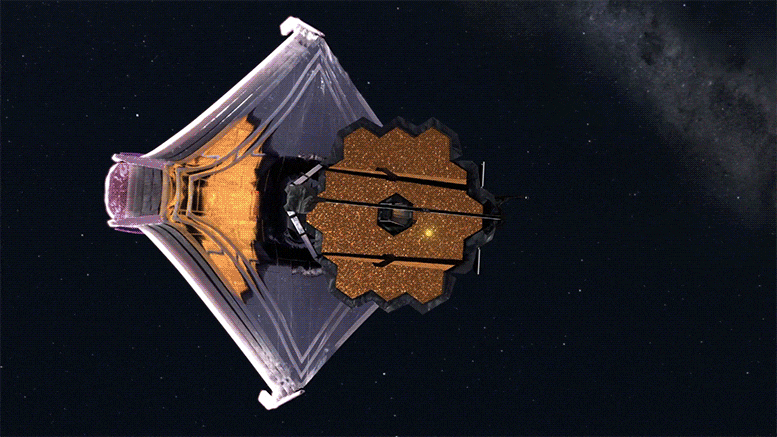
Ready to showcase the Webb space telescope’s first full-color images …
Back in touch with a spacecraft on an important mission to the Moon ….
And our Artemis I Moon rocket and spacecraft move a step closer to launch … a few of the stories to tell you about – This Week at NASA!
Ready to Showcase Webb Telescope’s First Full-Color Images
The much-anticipated release of the James Webb Space Telescope’s first full-color images and spectroscopic data is targeted for July 12 at 10:30 a.m. EDT, during a live broadcast from NASA’s Goddard Space Flight Center. That show will be available on NASA TV, the NASA app, the agency’s website, and various social media platforms. As each image is released, it will simultaneously be posted to social media and to our website at: nasa.gov/webbfirstimages. These first images will demonstrate Webb at its full power, ready to begin its mission to unfold the infrared universe.
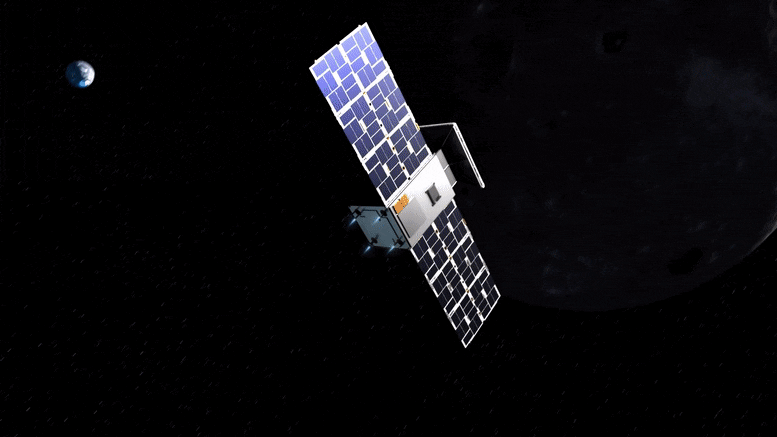
The Cislunar Autonomous Positioning System Technology Operations and Navigation Experiment, or CAPSTONE, is a CubeSat that will fly a unique orbit around the Moon intended for NASA’s future Artemis lunar outpost Gateway. Its six-month mission will help launch a new era of deep space exploration. Credit: NASA Ames Research Center
CAPSTONE Team is Back in Touch with Spacecraft
After experiencing post-launch communications issues on July 4, teams for NASA’s Cislunar Autonomous Positioning System Technology Operations and Navigation Experiment, or CAPSTONE mission have re-established contact with the spacecraft. The team has determined that an improperly formatted command sent to the spacecraft’s radio caused the issues. Data received from the spacecraft indicate that it is in good health, and it operated safely on its own while it was out of contact with Earth. As originally planned, CAPSTONE is still expected to arrive to its lunar orbit later this year on November 13. The mission will test a unique, elliptical lunar orbit for Gateway, a Moon-orbiting outpost that is part of NASA’s Artemis program.
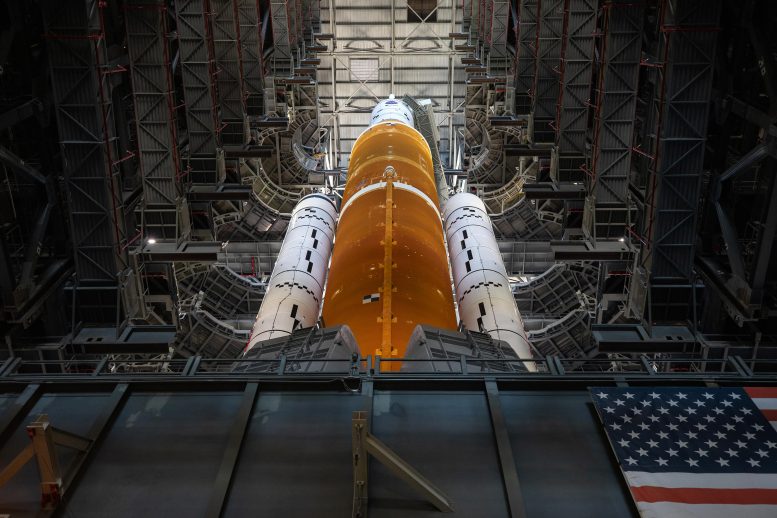
NASA’s Space Launch System (SLS) rocket, with the Orion capsule atop, in the Vehicle Assembly Building at the agency’s Kennedy Space Center in Florida. Credit: NASA/Kim Shiflett
Artemis I Moon Rocket and Spacecraft Back at Vehicle Assembly Building
On July 2, the Space Launch System, or SLS rocket and Orion spacecraft for our uncrewed Artemis I mission completed the four-mile journey from launch pad 39B to the Vehicle Assembly Building at the Kennedy Space Center. In the coming weeks, teams will make repairs, and perform checkouts and activities before returning SLS and Orion to the pad. Currently targeted for launch no earlier than August 2022, the Artemis I flight test to the Moon will allow NASA to check out rocket and spacecraft systems before astronauts fly to the Moon on Artemis II.
NASA Air Pollution Instrument Completes Satellite Integration
Engineers recently completed the first fully integrated powered testing of the Tropospheric Emissions: Monitoring of Pollution, or TEMPO instrument on the Intelsat IS40e satellite. TEMPO is currently targeted to launch in January 2023. From its geostationary orbit, it will take air quality observations at an unprecedented spatial resolution. Its measurements will reach from Puerto Rico and Mexico to northern Canada, and from the Atlantic to the Pacific, encompassing the entire lower 48 states of the U.S.
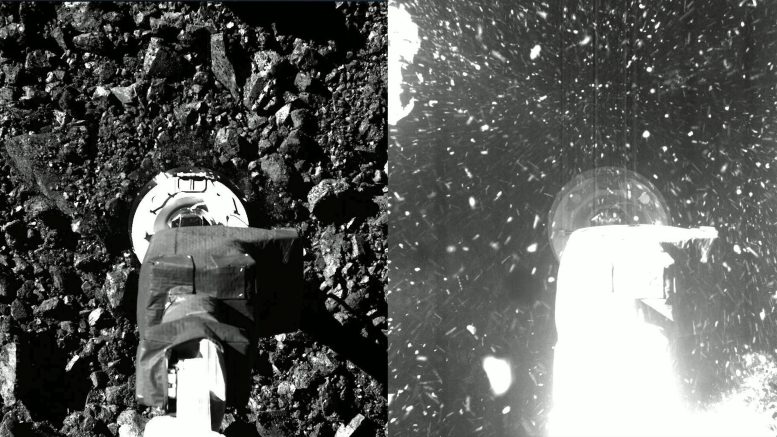
Side-by-side images from NASA’s OSIRIS-REx spacecraft of the robotic arm as it descended towards the surface of asteroid Bennu (left) and as it tapped it to stir up dust and rock for sample collection (right). OSIRIS-REx touched down on Bennu at 6:08 pm EDT on October 20, 2020. Credit: NASA’s Goddard Space Flight Center
Asteroid Bennu Reveals Its Surface is Like a Plastic Ball Pit
After analyzing data from the OSIRIS-REx spacecraft’s sample collection “TAG event” at asteroid Bennu in October 2020, scientists were surprised to learn that the spacecraft’s arm sank almost half a meter into the asteroid. This was far deeper than expected and confirmed that Bennu’s surface is incredibly weak. It turns out that the surface material on Bennu is so loosely packed that stepping onto the asteroid might feel a bit like stepping into one of those pits filled with plastic balls that you might see at a kids’ play area. O-REx collected a handful of material and kicked up roughly six tons of loose rock during the TAG event. It will return its sample of Bennu to Earth in September 2023.
That’s what’s up this week @NASA

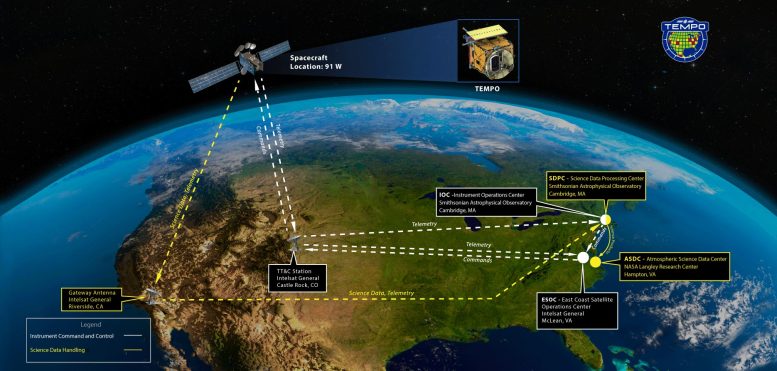

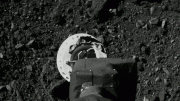
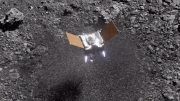
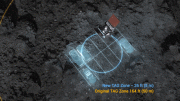
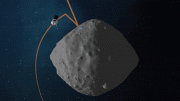
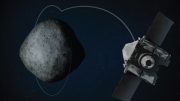

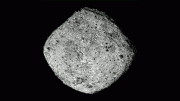
Be the first to comment on "This Week @NASA: Webb Space Telescopes First Full Color Images, Important Mission to the Moon"